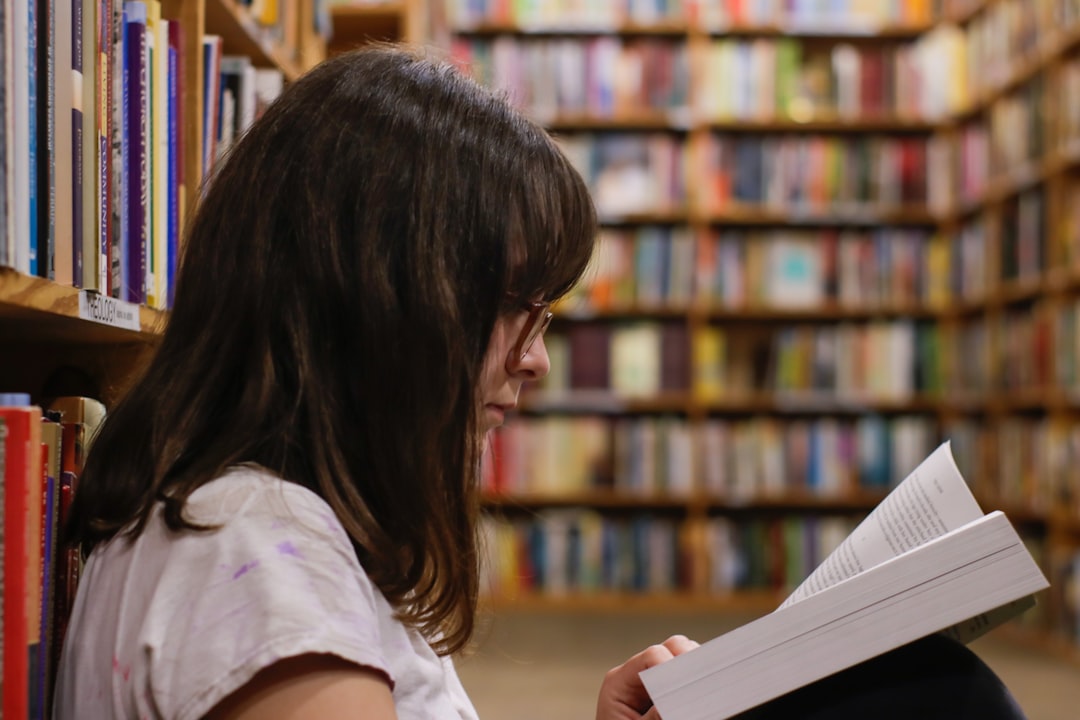What is it about?
In this experiment participants classified each of two different dot patterns by pressing one of two levers uniquely assigned to each pattern as fast as possible. The dot patterns in the pairs varied by experimental condition. In one condition, the two patterns were both " good", in that both were symmetrical; in a second condition, both patterns were " poor", in that they lacked symmetry; in a third condition, one pattern was "good" and the other was "poor". The results showed that reaction times were slowest when discriminating between two poor patterns, there being no significant difference in the time to discriminate between two good patterns and between a good pattern and a poor pattern. The results showed further that the time to classify the poor pattern in the good vs. poor pattern pair was significantly longer than the time to classify the good pattern in the pair. These results suggest that two psychological processes exist to perform this experimental task: one is to encode each pattern independently of the alternative pattern in the pair, and the other is to compare the two patterns to each other. Pattern goodness appears to have an effect on encoding time.
Featured Image

Photo by Aziz Acharki on Unsplash
Why is it important?
This article is important because it suggests that a geometric pattern has intrinsic unity, in that its unity, which is related to the aesthetic property, "goodness", is not derived from its comparison to other patterns.
Perspectives
I have enjoyed relating the results of this type of cognitive scientific research to the artifacts of antiquity.
Donna Sutliff
Read the Original
This page is a summary of: The effect of goodness onencoding time in visual pattern discrimination, Perception & Psychophysics, May 1974, Springer Science + Business Media,
DOI: 10.3758/bf03198567.
You can read the full text:
Contributors
The following have contributed to this page










